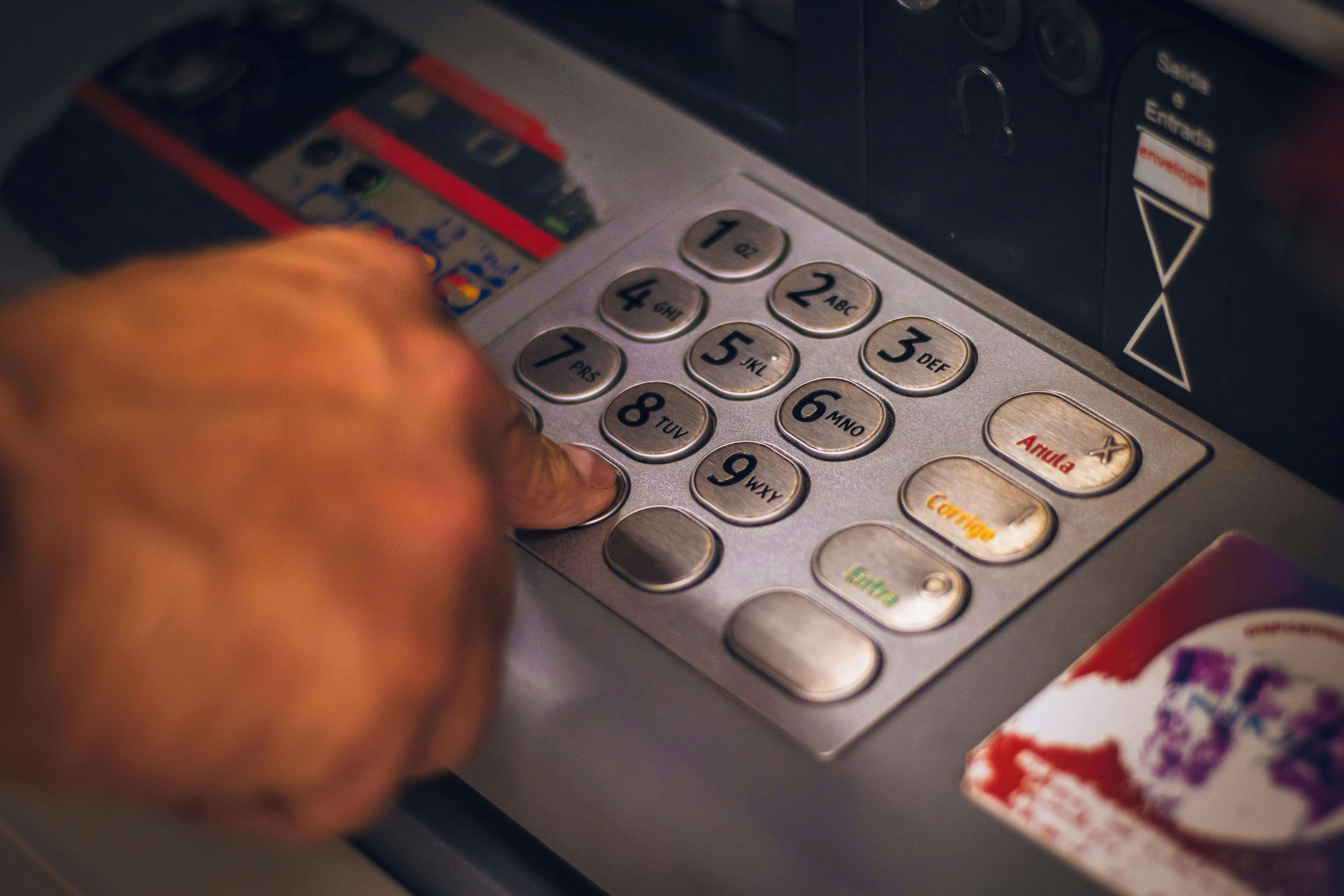If your company is in financial trouble and you’re considering closing it down, an overdrawn Director’s Loan Account (DLA) could become a serious issue. Many directors aren’t aware that this seemingly minor accounting entry can cause major legal and financial complications during insolvency.
If you’re dealing with an overdrawn DLA and thinking about closing your company, it’s important to understand exactly where you stand, what the risks are, and how to navigate your options responsibly. We can help with that.
What is a Director’s Loan Account?
A Director’s Loan Account (DLA) is a financial record that tracks money you’ve borrowed from or lent to your company. It’s not your salary or dividends. It’s any personal money movements that doesn’t fall under those categories.
Examples of Director’s Loans:
- Borrowing funds from your company to cover personal expenses.
- Repaying personal costs on behalf of the company.
- Taking drawings instead of formal salary or dividends.
If you’ve taken more out of the company than you’ve put in, your Director’s Loan Account will show a negative balance, ie: overdrawn.
Is it illegal to have an overdrawn Director’s Loan Account?
No. It’s not illegal in itself. Many directors take money from their company informally, especially in small businesses where personal and business finances can become blurred. But it does become a problem when:
- your company becomes insolvent.
- the loan hasn’t been repaid within nine months of the end of your company’s financial year.
- you haven’t paid the appropriate tax on it.
If your company goes into liquidation, an overdrawn DLA can leave you personally exposed, potentially liable to repay thousands of pounds to the company’s creditors.
Is there a way to protect myself?
Yes, here are some steps you can take now:
- Stop taking further funds from the company unless it’s via a formal, legal route like payroll
- Get a clear view of your DLA with help from your accountant
- Speak to a licensed insolvency practitioner early if insolvency is likely
- Be honest and upfront—don’t try to hide anything. Transparency earns you options
- Keep personal and business finances separate from this point forward
These simple but powerful steps could help you avoid personal financial exposure or even legal action down the line.
Why an overdrawn Director’s Loan Account matters in insolvency
When a company enters insolvency, its debts exceed its assets. In this case, a licensed insolvency practitioner is appointed to manage the company’s closure and act in the best interest of creditors.
If your DLA is overdrawn, it’s treated as a company asset. That means you’re personally liable to repay the overdrawn amount back to the company—because that money could be used to repay creditors. In short, an overdrawn DLA becomes a debt you owe the company.
How much do you owe? Getting the figures right
It’s common for directors to be unsure of the exact amount they owe through an overdrawn Director’s Loan Account. That’s why it’s vital to review your accounts accurately before entering insolvency.
Steps to clarify the position:
- Ask your accountant for a current DLA statement.
- Reconcile any informal drawings not properly recorded.
- Include any benefits in kind (e.g. company car or mobile use) that may be reclassified as loans.
In some cases, HMRC may challenge how funds were withdrawn, potentially reclassifying them as income. This could trigger tax liabilities.
Can you write off the overdrawn Director’s Loan Account?
No, you can’t just write it off during insolvency. Once a licensed insolvency practitioner is appointed, they have a legal duty to reclaim that money. However, if you can’t afford to repay your Director’s Loan Account, your licensed insolvency practitioner might:
- agree a repayment plan or reduced settlement based on your personal finances.
- issue a statutory demand (a formal request for payment).
- initiate legal proceedings, including court action or even bankruptcy proceedings.
This is why it’s essential to be transparent with your insolvency practitioner. Hiding assets or misrepresenting your financial position will only make matters worse.
HMRC and overdrawn Director’s Loan Accounts
HMRC keeps a close eye on overdrawn Director’s Loan Accounts because they want to be sure you’re not taking money out of the company without paying the right tax.
Here’s what can happen if your loan stays unpaid at the end of the company’s year:
Section 455 tax: HMRC charges the company 32.5% of the unpaid balance. The tax is refunded only when you repay the loan.
Benefit-in-kind tax: If the company writes off the loan or lets you use it interest-free, HMRC treats that as personal income and taxes you through your self-assessment.
Penalties: If HMRC thinks you’ve hidden the loan or labelled it incorrectly, they can add interest and fines on top of the tax.
Put simply, the longer the loan remains unpaid or the less transparent you are, the more it can cost you in tax and penalties. Repaying the loan or getting professional advice early is the safest way to avoid extra charges.
How to legally reduce or clear the overdrawn balance
Before insolvency proceedings begin, you may be able to reduce the balance through legitimate methods. Options include:
- Subject to profits and reserves, you could declare a dividend to cover part of the loan (note: this won’t work if the company is insolvent).
- If you’ve got money owed to the company from suppliers, or for work completed, collect the money and put it towards the overdrawn balance.
- If you’re owed money by the company for legitimate expenses, that can reduce the loan balance.
All of these must be clearly documented and tax compliant.
The risks of ignoring an overdrawn Director’s Loan Account
Failing to address an overdrawn Director’s Loan Account can result in serious consequences. It can impact not only your finances but also your reputation and future business opportunities.
Potential risks include:
- Personal liability for company debt.
- Director disqualification for misconduct.
- Bankruptcy proceedings.
- Difficulty becoming a director again in future companies.
Transparency and professional advice are key to reducing these risks.
How liquidation affects directors with overdrawn DLAs
If you voluntarily place the company into Creditors’ Voluntary Liquidation (CVL), the process is more controlled. You can work with the insolvency practitioner to manage the overdrawn loan before it becomes a legal issue.
However, if the company is forced into compulsory liquidation through the courts, the official receiver will review the DLA without your input—and that often leads to harsher outcomes.
Choosing voluntary liquidation often gives you a better chance to handle the DLA sensibly and avoid personal legal action.
Can I still start another company?
Yes, having an overdrawn DLA doesn’t prevent you from becoming a director of a new business, as long as you act properly throughout the insolvency process. But beware: if the insolvency practitioner finds that you acted recklessly, took money knowing the company couldn’t afford it, or failed to fulfil your duties, you could face:
- director disqualification
- personal liability for company debts, and
- reputational damage and barriers to future credit or funding
So starting over is possible, but only if you handle the closure of your current company responsibly.
How we can help with an overdrawn Director’s Loan Account
If your Director’s Loan Account is overdrawn and your business is in trouble, don’t ignore it. You have responsibilities—and rights—but you need expert guidance.
Getting ahead of the issue by speaking to a licensed insolvency practitioner can help you close your company the right way, reduce legal risks, and protect your personal finances.
It starts with a conversation. No obligation. No judgment. Call us today for a confidential chat with a licensed insolvency expert. Let’s take control of the situation, together.




